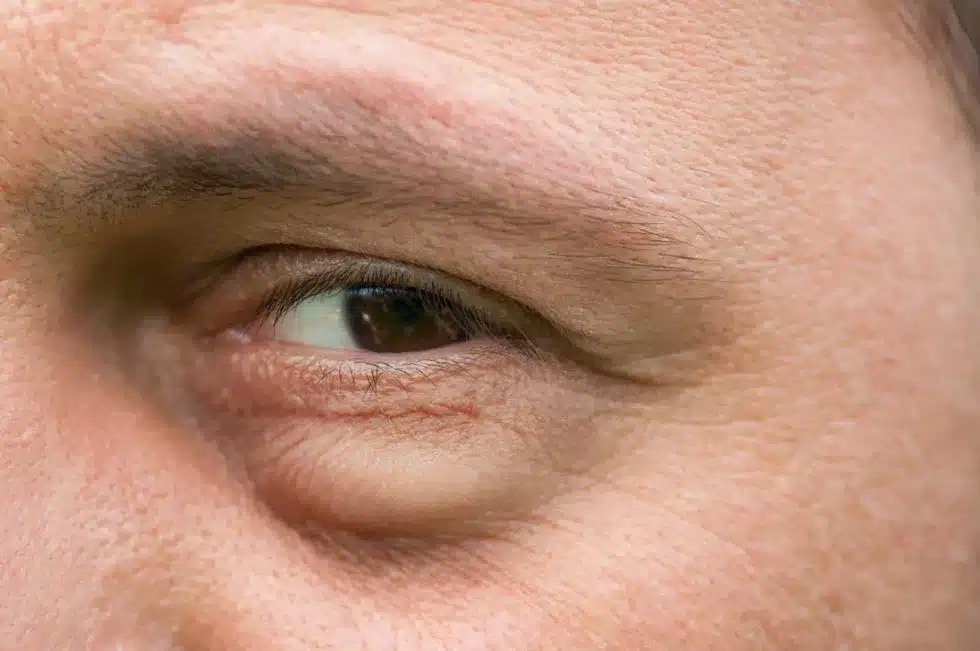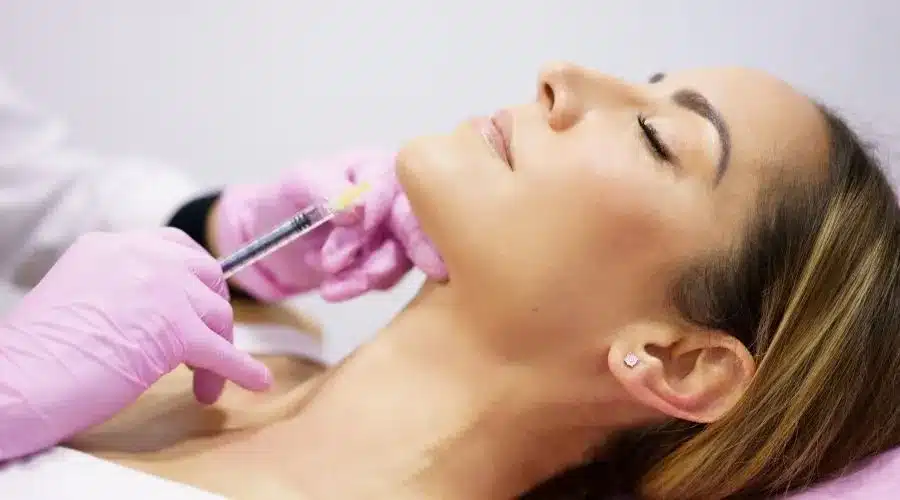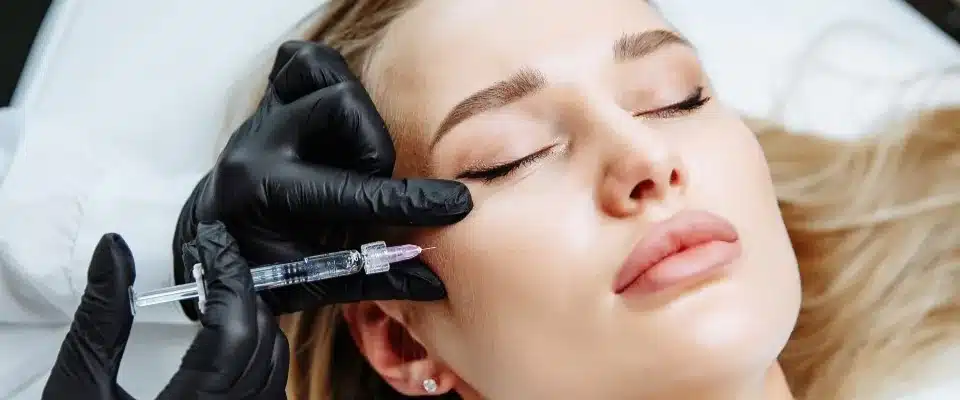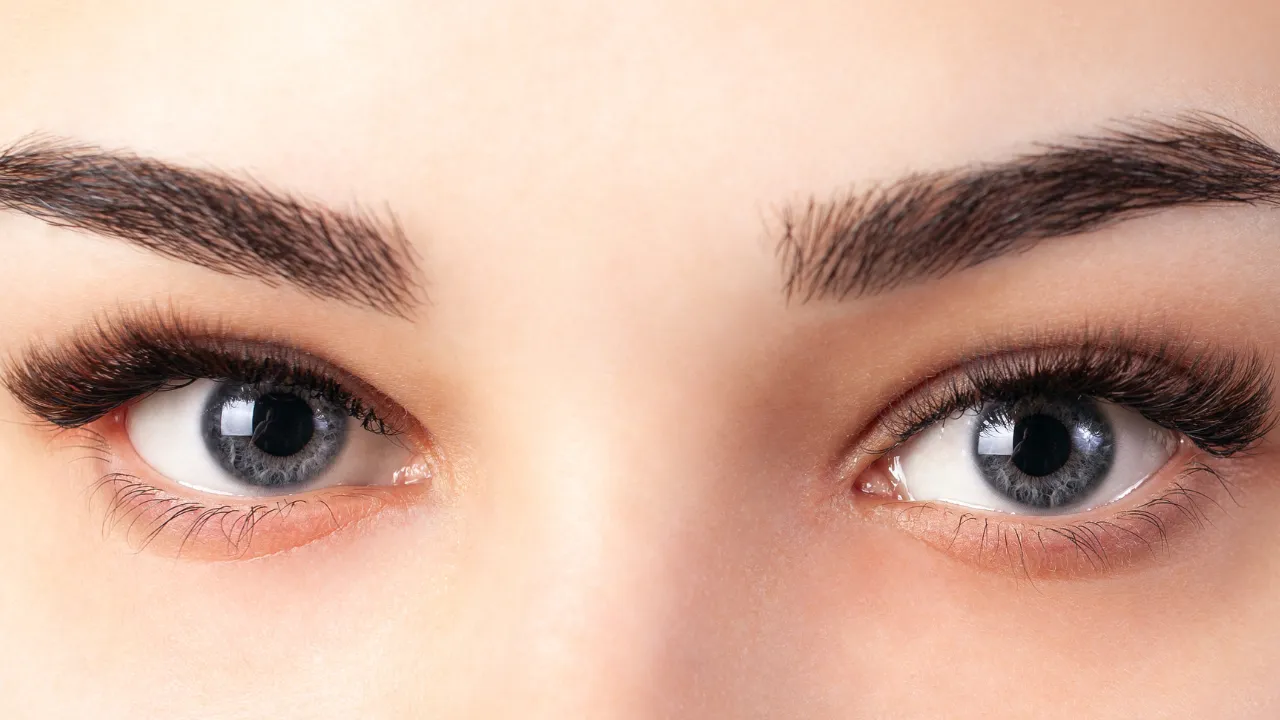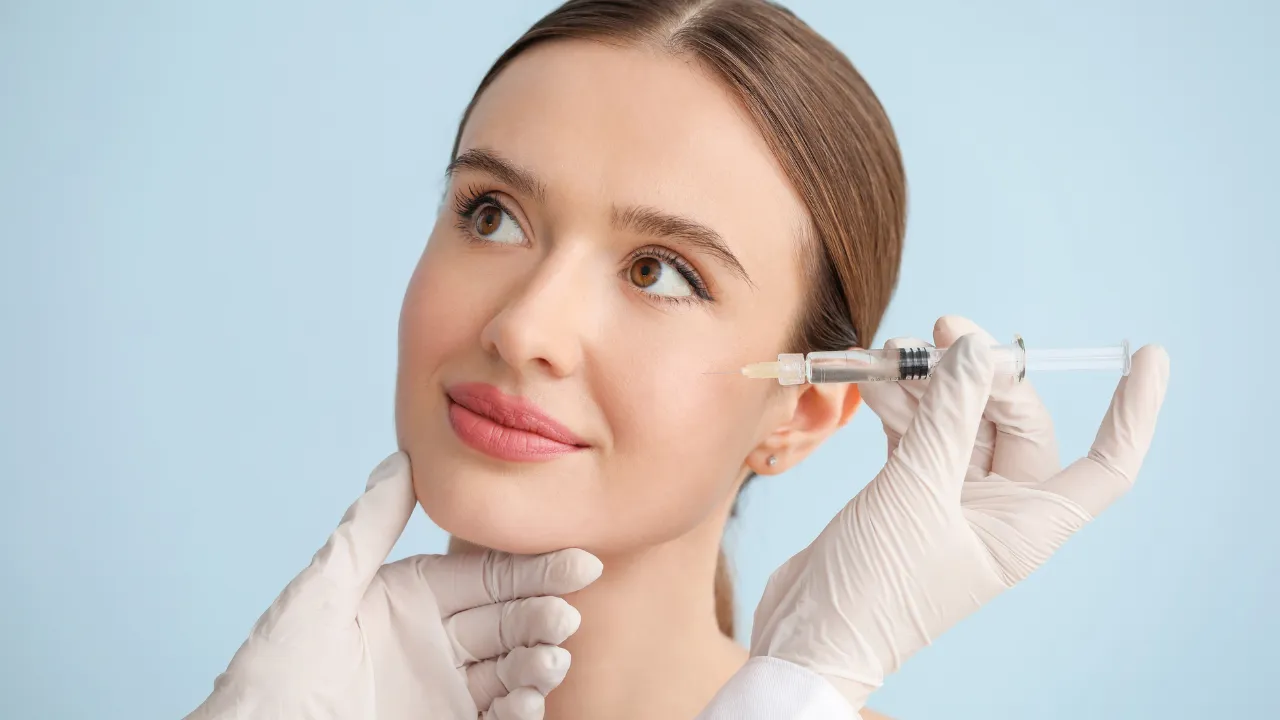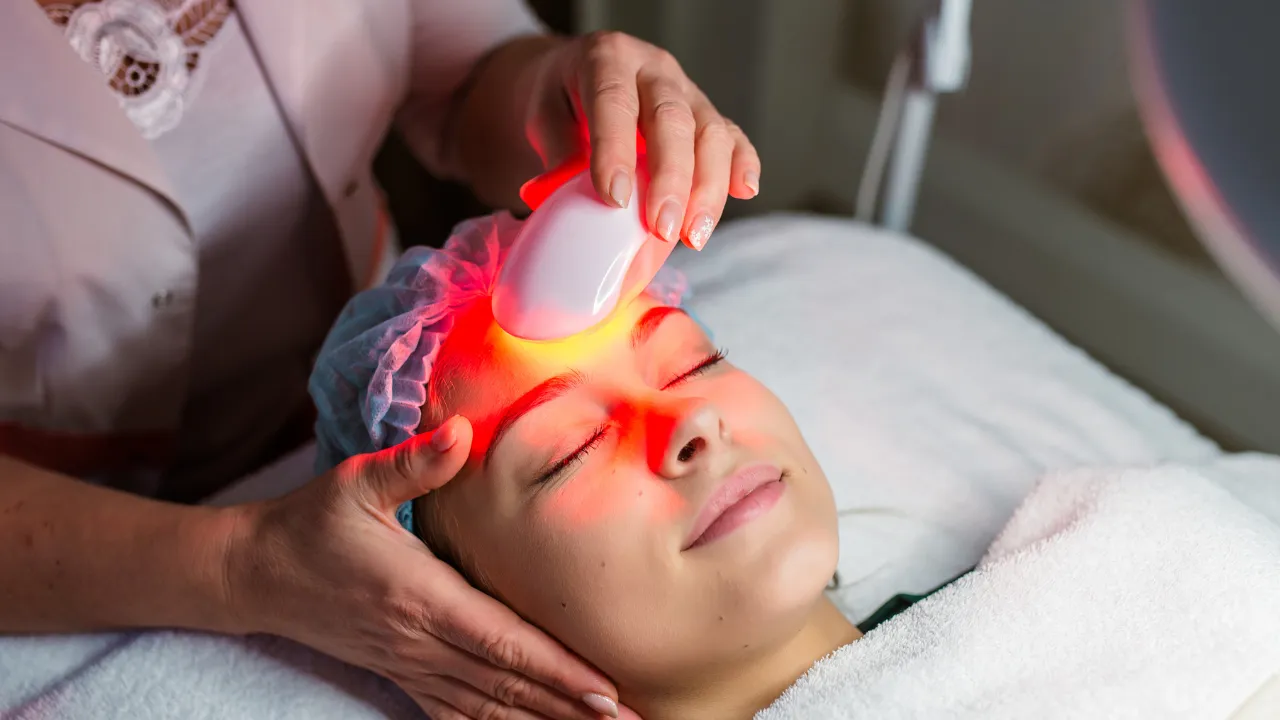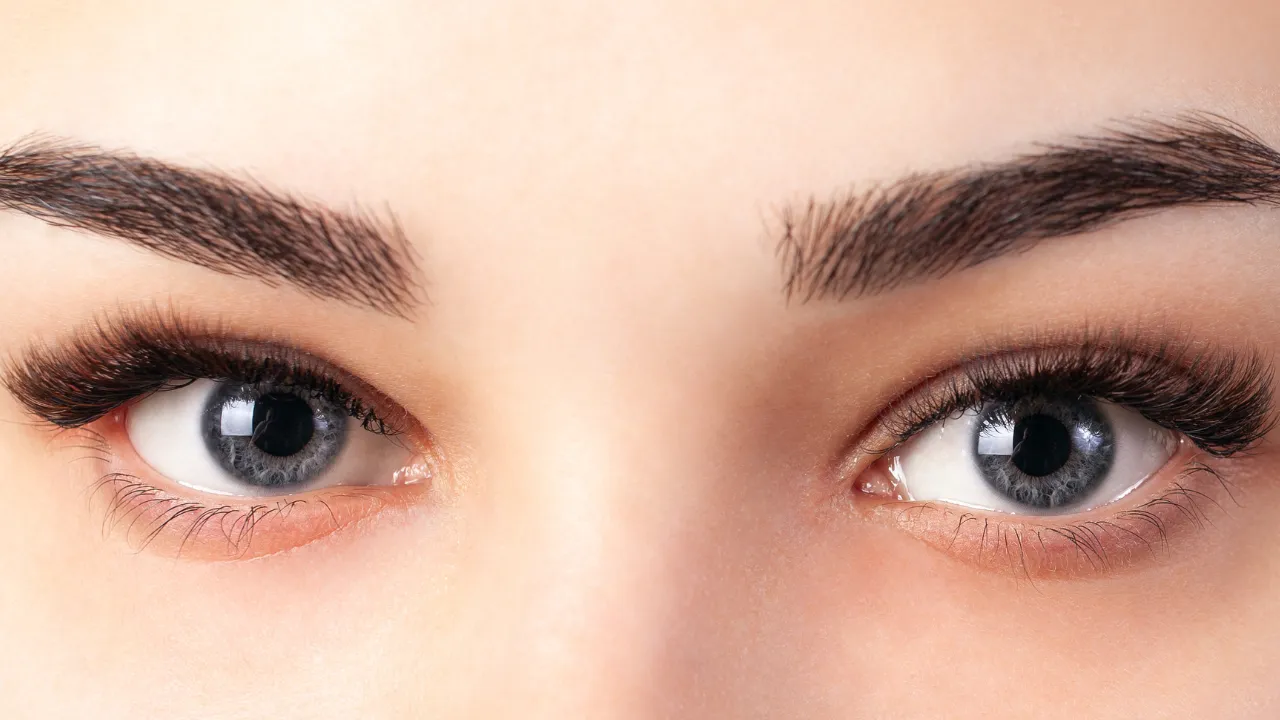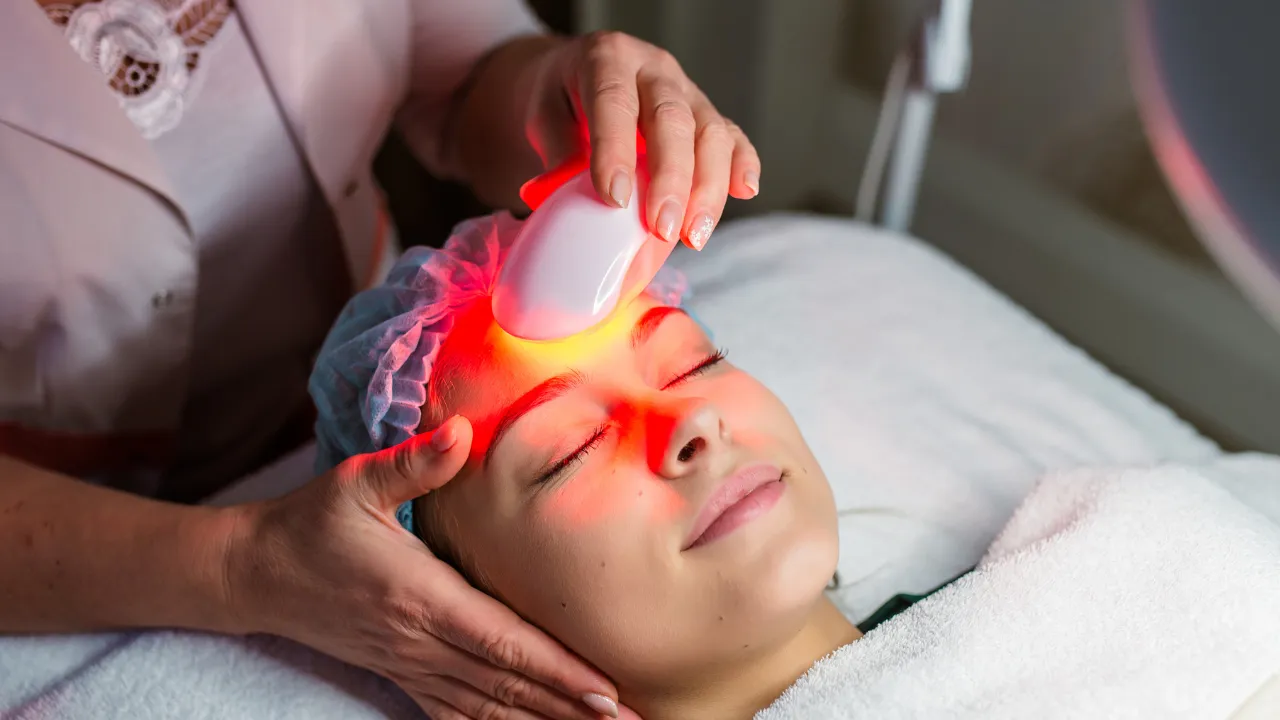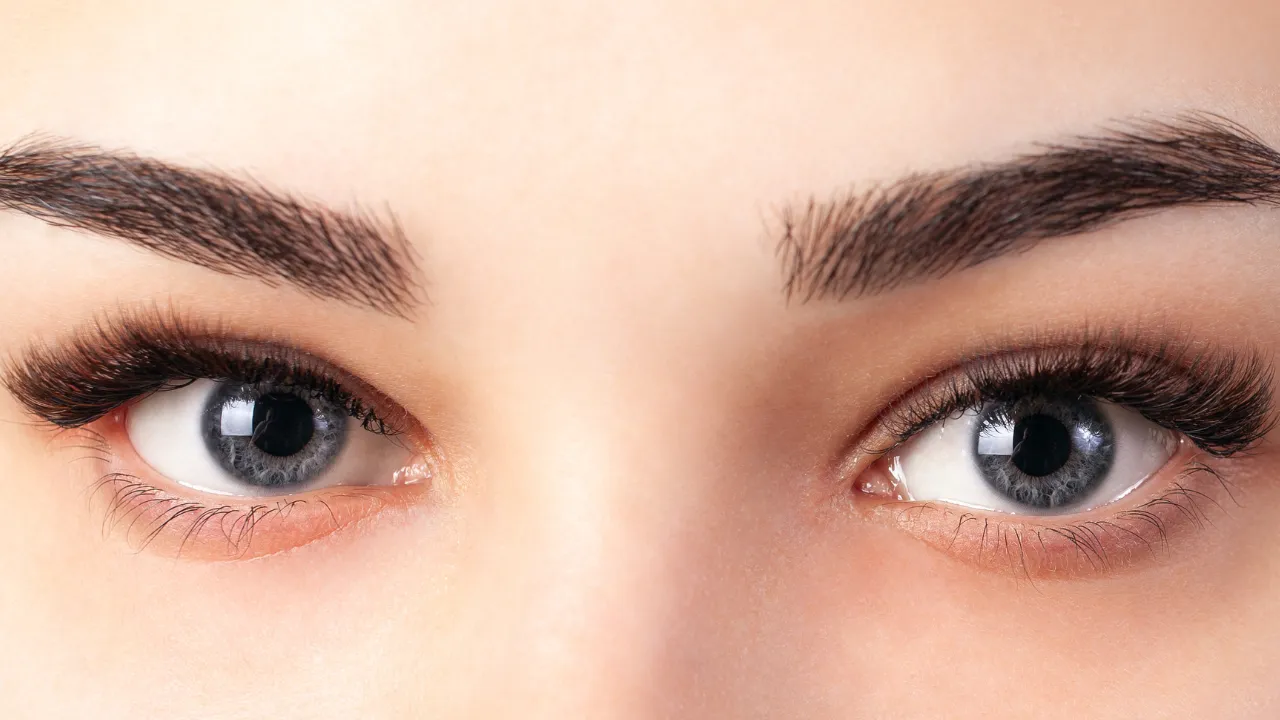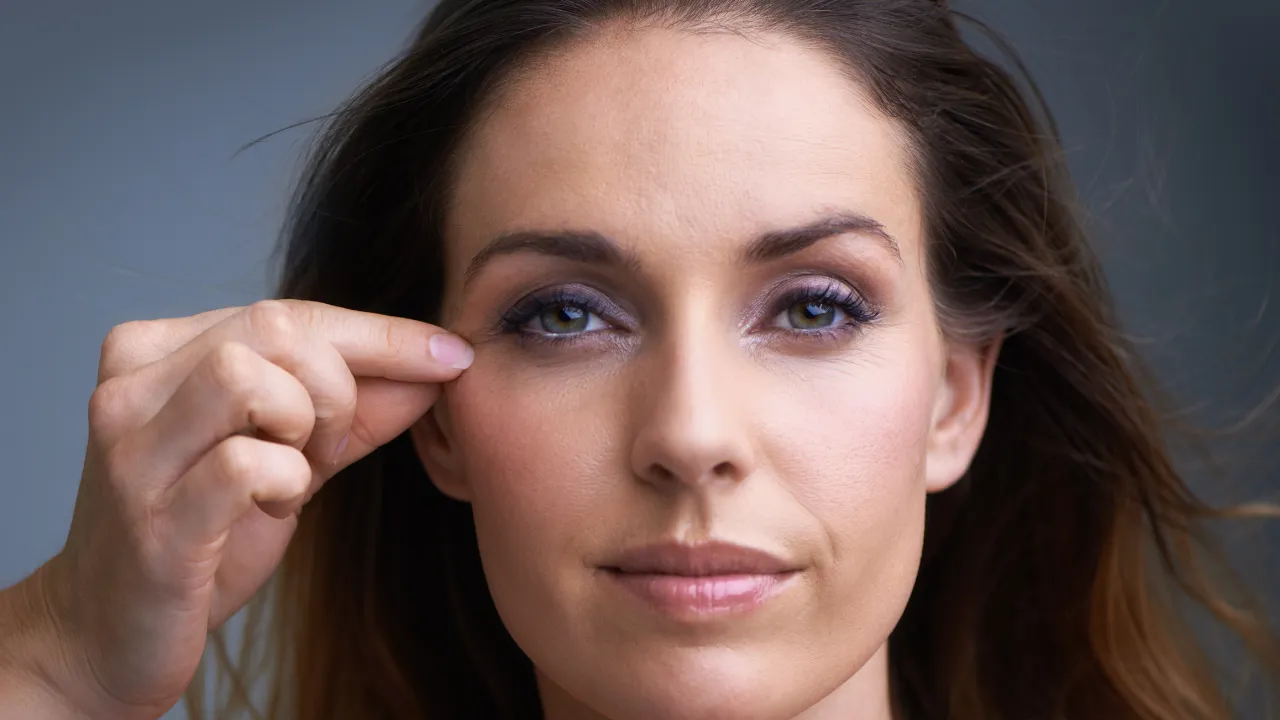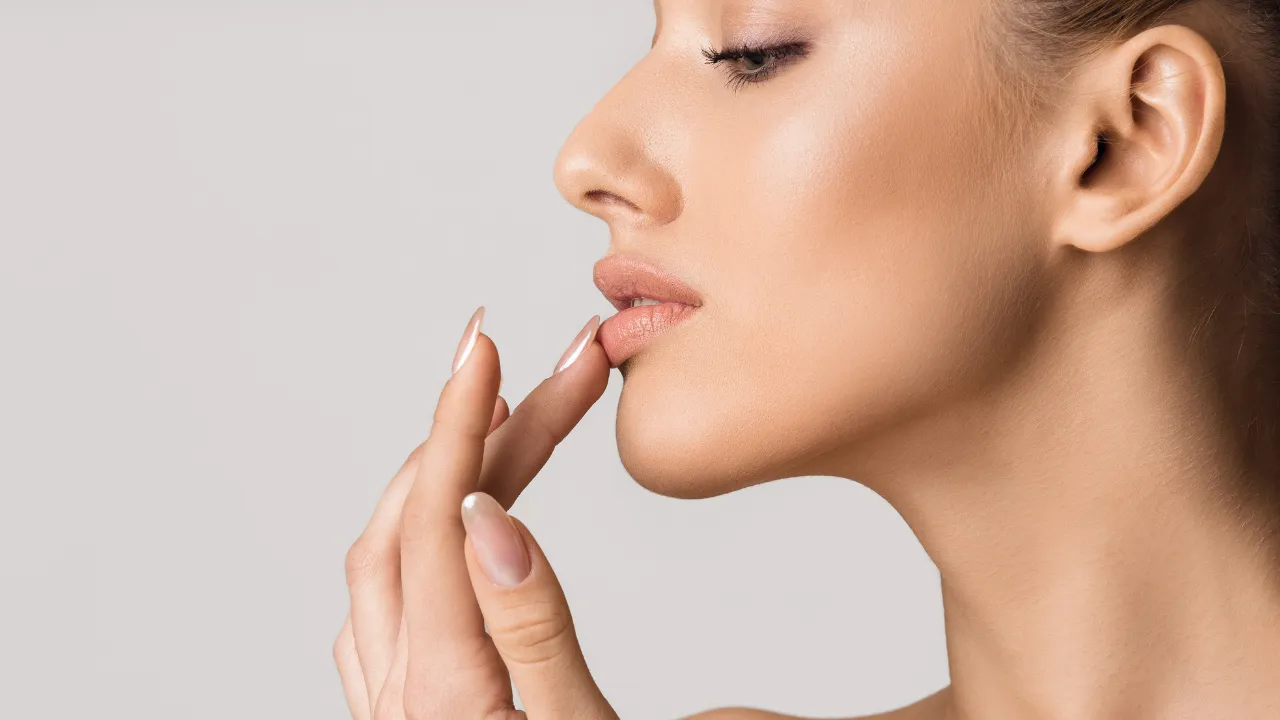Many patients ask if it is normal to notice under-eye filler swelling months later. Mild puffiness right after treatment is expected, but swelling that reappears or persists after several months may signal a complication.
At Kopelman Aesthetic Surgery in New York City, Dr. Joel Kopelman – a leading facial plastic and oculoplastic surgeon – helps patients understand why this happens and what treatments are available.
Dr. Kopelman emphasizes that most dermal filler procedures settle within weeks, but delayed swelling can occur in rare cases. Knowing the causes, recognizing warning signs, and seeking timely care are essential for both safety and peace of mind.
Key Takeaways
- Most under-eye filler swelling resolves within two to three weeks, but swelling that appears months later is not part of normal healing.
- Delayed swelling may be caused by filler migration, immune responses, or infections and should be evaluated by a qualified specialist.
- Warning signs such as pain, redness, or vision changes require immediate medical attention rather than watchful waiting.
- Treatment options include dissolving the filler with hyaluronidase, prescribing medication, or making lifestyle adjustments to reduce puffiness.
- Choosing an experienced injector and following proper aftercare significantly lowers the risk of long-term swelling.
Table of Contents
ToggleWhy Swelling Can Happen Months Later
For many patients, noticing swelling months after filler injections can feel alarming. The sudden change often raises concerns about whether something has gone wrong. While delayed swelling is not typical, it does not always indicate a serious complication.
Understanding that these issues are manageable helps reduce anxiety. With expert evaluation, the cause can be identified and treated effectively. This reassurance provides both confidence and clarity.
Can under-eye filler swell months later?
Yes, swelling can appear months after an injectable filler treatment. It may occur if the product shifts, absorbs water, or triggers a late immune response.
Why is my filler swelling months later?
Delayed swelling is often linked to filler migration, infection, or inflammation beneath the eye. Hyaluronic acid fillers can absorb fluid over time, creating puffiness.
Is it normal to have swelling after under eye filler?
Mild swelling right after an eye filler treatment is expected, but persistent or late-onset swelling is not normal. If swelling persists beyond the first week or recurs months later, it should be checked.
Why do my fillers randomly swell?
Swelling that appears sporadically may result from fluid retention, allergies, or irritation. It can worsen with illness, dehydration, or lack of sleep.
For example, a patient may notice one eye becoming puffy months after tear trough filler treatment. This may occur during stress or illness, when fluid balance shifts. In many cases, it is linked to filler migration or localized swelling rather than a serious complication.
Can your body reject fillers months later?
Although rare, the body can react to filler material months after injection. This immune response can cause lumps, tenderness, or swelling. Medical treatment is needed to dissolve or manage the filler safely.
Under Eye Filler Swelling Stages
Detailed Timeline of Early Swelling
In the first few days after filler injections, swelling usually peaks. Most patients notice swelling and bruising within 24 to 48 hours, often with mild tenderness. By the end of the first week, the treated area begins to improve.
By the second week, swelling decreases, and bruising fades. Patients often feel more comfortable at this stage. By the third week mark, the filler settles, and the results look more natural.
Immediate swelling after treatment
Puffiness is common within the first 48 hours. It is caused by injections and usually subsides as tissues heal.
Short-term swelling in the first weeks
Swelling improves gradually over two to three weeks. Bruising and tenderness are normal in this stage, and applying a cold compress can help.
Under-eye swelling months later (including swollen pockets)
If puffiness returns or new swollen pockets appear months later, it is not part of normal healing. Delayed swelling may result from filler migration, immune reactions, or inflammation beneath the eye.
Normal vs Abnormal Swelling After Under-Eye Fillers
Normal swelling begins within hours, peaks in the first two days, and improves in two to three weeks. The area may be tender but not painful or red.
Abnormal swelling appears months later, becomes uneven, or forms lumps. Redness, tenderness, or persistent puffiness are further signs of concern.
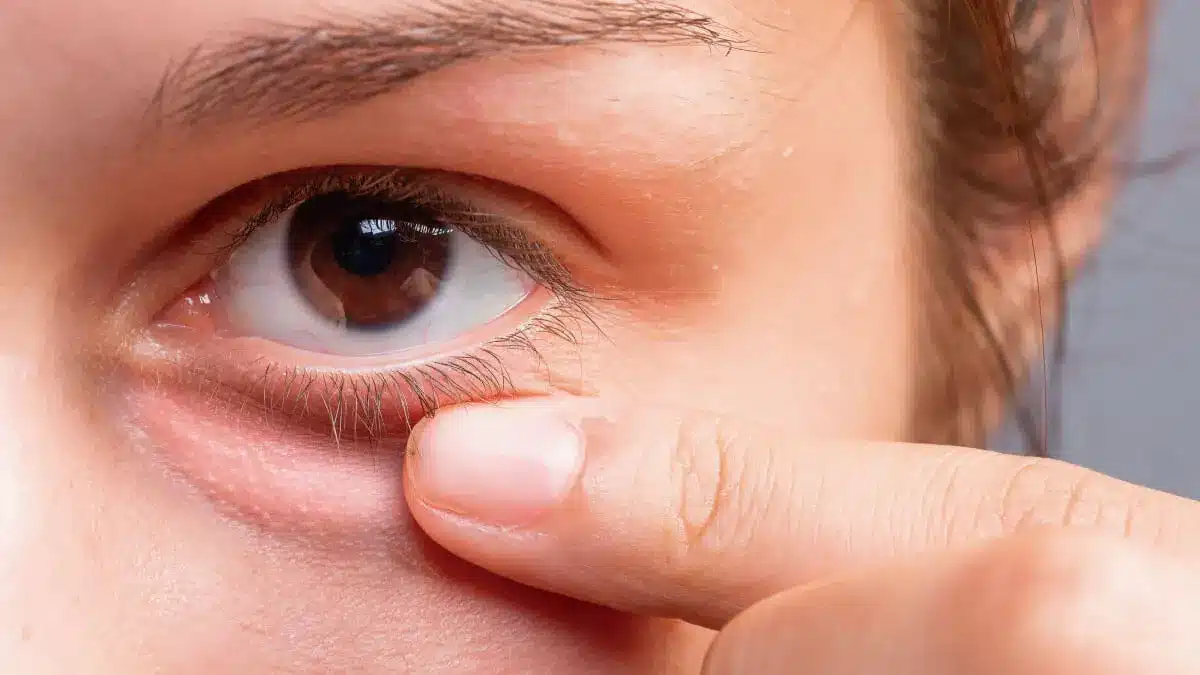
Comparison at a glance:
- Normal swelling: Starts immediately, improves within weeks, no alarming symptoms.
- Abnormal swelling: Appears months later, may worsen, often with pain or redness.
Causes of Long-Term Swelling
Filler migration and lumps – will they go away?
Fillers can shift from their original placement, creating uneven areas or lumps beneath the eye. Some soften naturally, but persistent ones may require hyaluronidase.
Infections, inflammation, and immune responses
Delayed swelling can result from infections or immune activation. Symptoms include redness, tenderness, or firm nodules under the skin.
Clinical studies have reported delayed inflammatory reactions with hyaluronic acid fillers. These may occur months after treatment and are linked to immune triggers. Though uncommon, they should be recognized early so treatment can begin.
Research shows such cases often respond well to hyaluronidase or steroids. This ensures patients understand that rare side effects are treatable.
Risk factors that increase swelling
Factors that raise the chance of swelling include:
- Large filler volumes
- Injection into delicate tissue planes
- Poor aftercare
- Allergic or autoimmune conditions
How to Fix Under-Eye Filler Swelling
Medical treatments (hyaluronidase, antibiotics, steroids)
If swelling is linked to filler migration, hyaluronidase can dissolve the product. Infections may require antibiotics, while steroids reduce significant inflammation.
At-home care and lifestyle changes
For mild puffiness, cold compresses, hydration, and lower salt intake can help. Proper sleep and avoiding pressure on the treated area also support recovery.
How long does swelling usually last
Normal swelling resolves within two to three weeks. Swelling that appears months later rarely resolves on its own and often needs evaluation.
When to Seek Medical Help
Warning signs of trouble
Seek medical care if swelling comes with pain, redness, heat, or sudden vision changes. These may indicate infection or vascular issues requiring urgent care.
When a specialist is needed
If swelling persists or worsens months later, only experienced plastic surgeons or oculoplastic specialists should evaluate it. Dr. Kopelman carefully assesses whether it is filler-related or another condition.
Preventing Future Swelling
Choosing an experienced injector
The risk of long-term swelling is lower when fillers are placed by a skilled surgeon. A precise injection technique helps ensure a smooth outcome and minimize complications.
Proper aftercare practices
Patients can reduce risk by following the aftercare carefully. This includes avoiding heavy exercise for 24 hours, not pressing on the treated area, and maintaining healthy habits.
What Patients Often Wish They Knew
Many patients are surprised when swelling appears months after filler injections. They often wish they had known this possibility in advance. Awareness can prevent unnecessary stress if it occurs.
Patients also value guidance on when to seek help. Knowing the difference between normal healing and warning signs ensures timely care. Dr. Kopelman encourages open communication so patients feel supported.
Frequently Asked Questions About Under-Eye Filler Swelling
Q
How long should under eye filler swelling last?
Normal swelling usually resolves in two to three weeks. If swelling lasts longer or reappears months later, it may point to a complication.
Q
Can late swelling be prevented completely?
It cannot be guaranteed, but choosing an experienced injector and following proper aftercare significantly reduces the risk.
Q
Are certain fillers more likely to cause swelling?
Hyaluronic acid fillers are generally safe, but they can absorb water and create puffiness in the under eye area.
Final Thoughts and Expert Guidance
Under-eye filler swelling months later is uncommon, but it can be distressing. By understanding the under-eye filler swelling stages, knowing what is normal, and recognizing when professional help is needed, patients can manage concerns more confidently.
At Kopelman Aesthetic Surgery, Dr. Joel Kopelman offers expert guidance and advanced treatments to resolve swelling safely and restore a natural appearance.
Each patient receives a treatment plan designed for their unique needs and goals. If you are experiencing changes after filler treatment, schedule a consultation today to receive professional guidance and ensure the best final results from your eye filler treatment.

